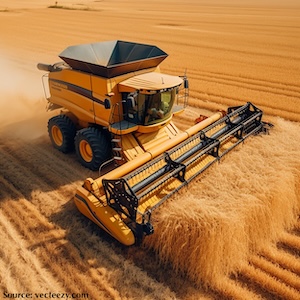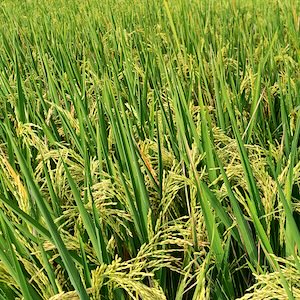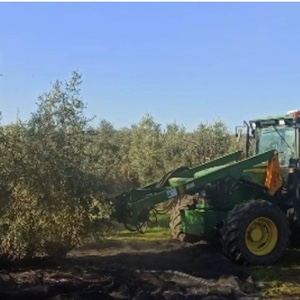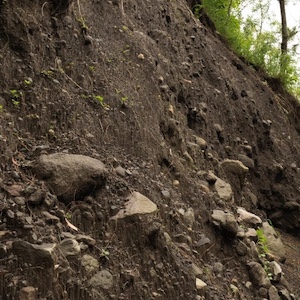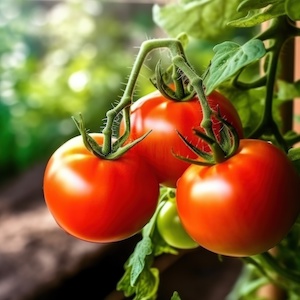Agrivoltaic systems towards the European green deal and agricultural policies: a review

All claims expressed in this article are solely those of the authors and do not necessarily represent those of their affiliated organizations, or those of the publisher, the editors and the reviewers. Any product that may be evaluated in this article or claim that may be made by its manufacturer is not guaranteed or endorsed by the publisher.
Authors
Excessive exploitation of natural resources has an environmental impact on ecosystems due to demographic and economic growth, and energy demand. For this reason, world economies have been implementing policy tools to achieve eco-friendly energy growth, minimizing environmental impact. It is necessary to increase Renewable Energies (RE) fraction in terms of electricity supply, improve energy efficiency and reduce energy consumption in greenhouses as well as in the agricultural sector. Thus, the European Green Deal (EGD) is a sustainable package of measures which, due to the ecological use of natural resources, strengthens the resilience of European food systems. The EGD’s objectives include: ensuring food security, reducing environmental impact, and supporting the farm to fork strategy and energy communities. The aim of this review is to present innovative energy technologies integrated with agrivoltaic systems to produce and utilize energy with eco-friendly methods. In this review, agrivoltaic systems were presented in the EGD perspective, since, as shown by several studies, they increase simultaneously clean energy production and crop yield, avoiding limitations in land use. As agrivoltaic systems produce energy by the installation of PV panels, an overview of PV technology was provided. PV panels can feed electricity to the power grid. Nowadays, since there are many impoverished rural areas which do not have access to electricity, a lot of projects have been developed that utilize power generation from microgrids combined with hybrid systems (e.g., wind and solar energy) to feed agricultural facilities or community buildings.
How to Cite

This work is licensed under a Creative Commons Attribution-NonCommercial 4.0 International License.







